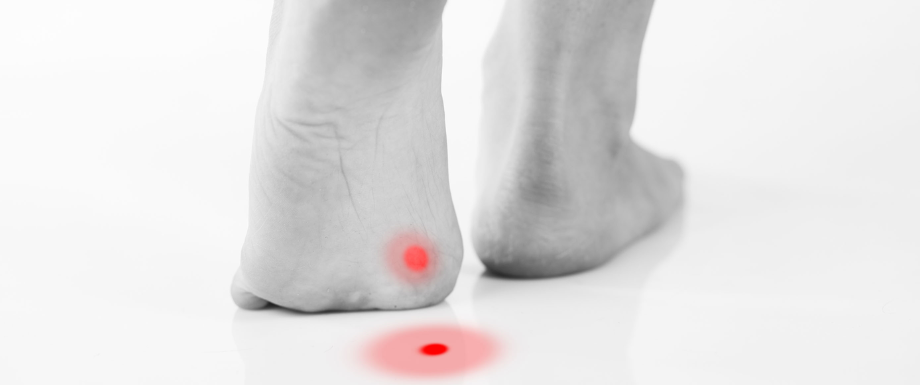Foot Care for Plantar Warts in Diabetes
Diabetes leads to reduced blood flow to the feet. Diabetes also leads to reduced immunity. This is because of disturbances in adaptive immunity. As a result of these, people with diabetes are more prone to infections.A common diabetic foot infection is plantar warts.
What are Plantar Warts?
Warts are small growths on the skin. They are caused due to HPV (human papilloma virus) infection. These generally affect children and teenagers, but are also common in adults with type 1 and type 2 diabetes. Plantar warts are warts that appear on the bottom of the feet. They are painful and cause difficulty walking. They are yellowish in color with numerous black spots on them.
Often confused as corns and calluses, plantar warts have black spots which are small blood vessels that grow into them. Due to appearance of black spots that look like seeds, plantar warts are also called seed warts.
What causes Plantar Warts?
Plantar warts spread with direct contact. They spread when skin on the bottom side of the feet is exposed to virus. They affect children who play barefoot, people who shower in public/shared bathrooms, people who have skin trauma, and people with reduced immunity due to diabetes.
Diabetes and Plantar Warts
Reduced immunity and reduced blood flow to the feet are reasons for people with diabetes to contract diabetic foot infections like plantar warts. Though they cause pain while walking and standing, people with diabetes might not feel the pain due to reduced nerve function. Reduced pain sensationleads to late diagnosis in cases wherepatients do not examine their feet daily.
Poor blood flow to the feet in diabetes also leads to slow healing time. This makes the treatment difficult and time consuming in people with diabetes. Healing time is also longer in people with diabetic neuropathy of the feet. When peripheral nerves of the feet are damaged, there is reduced pain sensation and delayed healing. It is for this reason, plantar warts in diabetes needs multiple intervention methods.
Note: People with diabetes should not use over the counter medications for plantar warts as even small wounds can be dangerous. If managed improperly, it can lead to diabetic foot.
It is important to consult a diabetes doctor or a podiatrist for proper management of plantar warts. Treatment options include oral medications, cryotherapy, and laser treatment.
How to Prevent Plantar Warts in Diabetes
- Control diabetes.
- Do not use public swimming pools or shower areas without protection to feet.
- Talk to your doctor about HPV vaccination.
- Do not go barefoot.
- Maintain foot hygiene with cleaning, and drying.
- Apply moisturizer when the skin of feet is too dry.
- Wear suitable diabetes shoes and socks.
- Change socks daily and keep diabetes shoes clean.
- Examine your feet daily and look for changes in skin, growths, or discoloration.
- Consult your diabetes doctor or a podiatrist if you see cuts, cracks, or redness.
- If you have plantar warts, do not touch them with your hands.
- Do not try to cut the wart as it can lead to diabetic foot.
